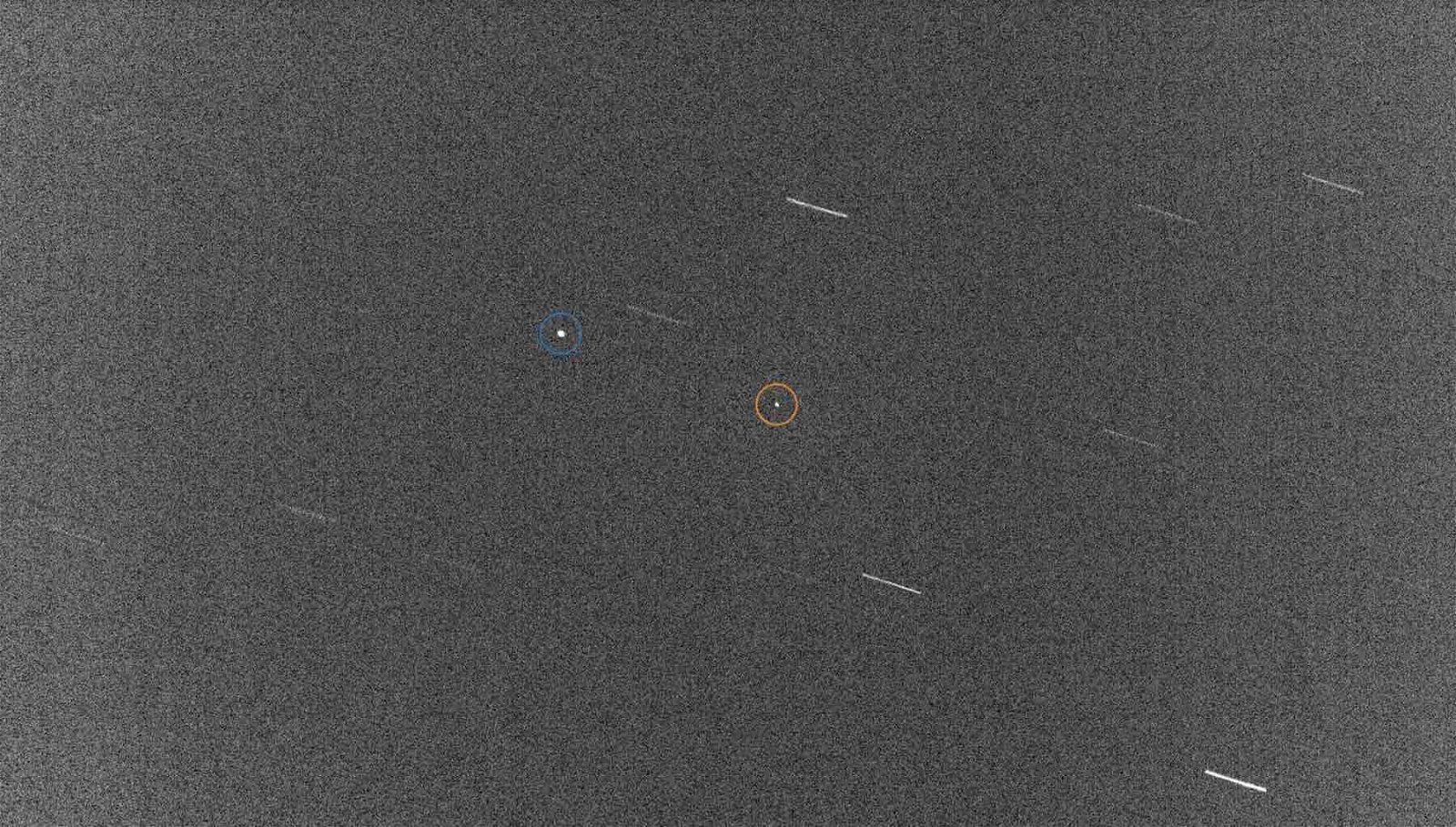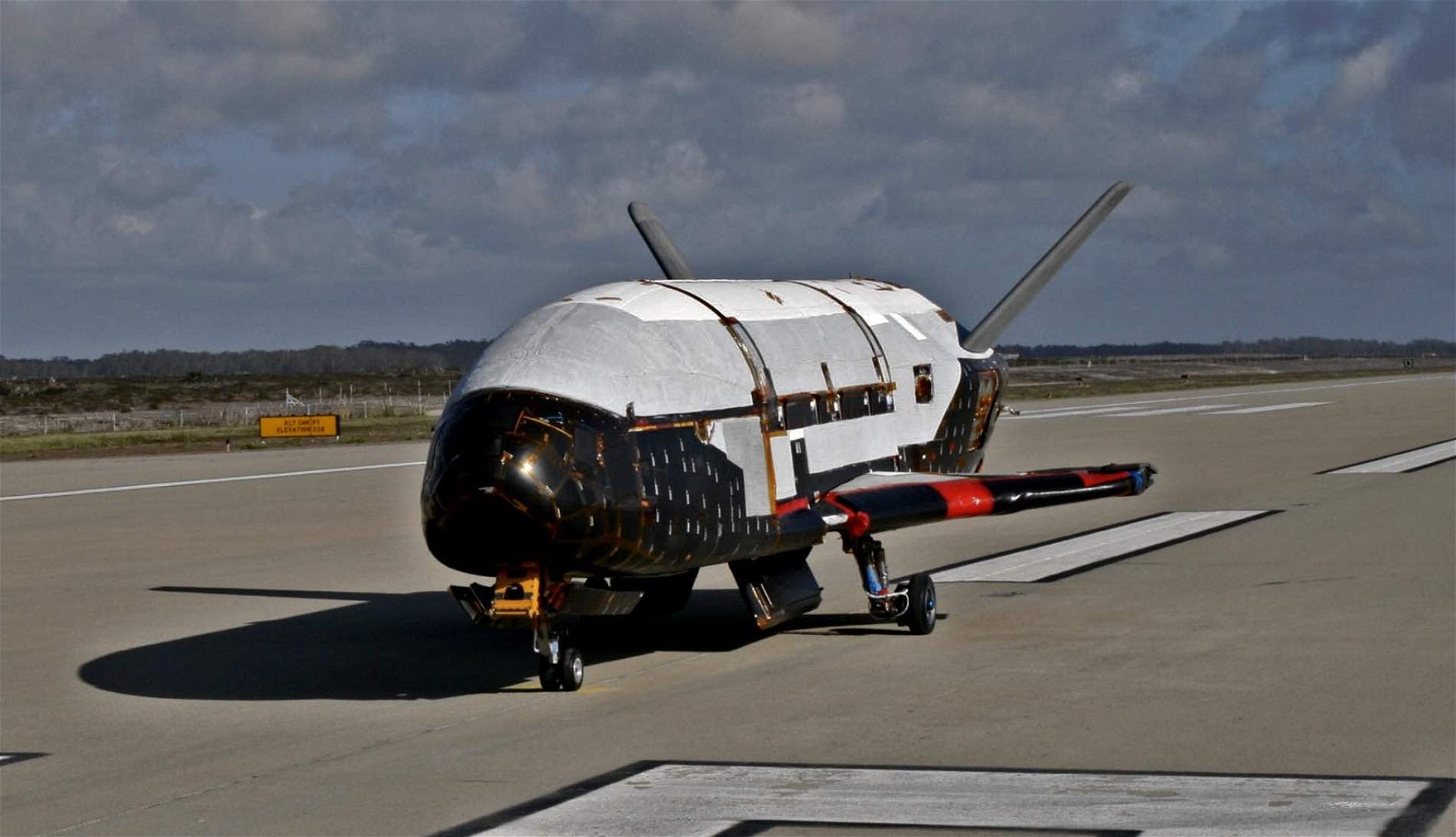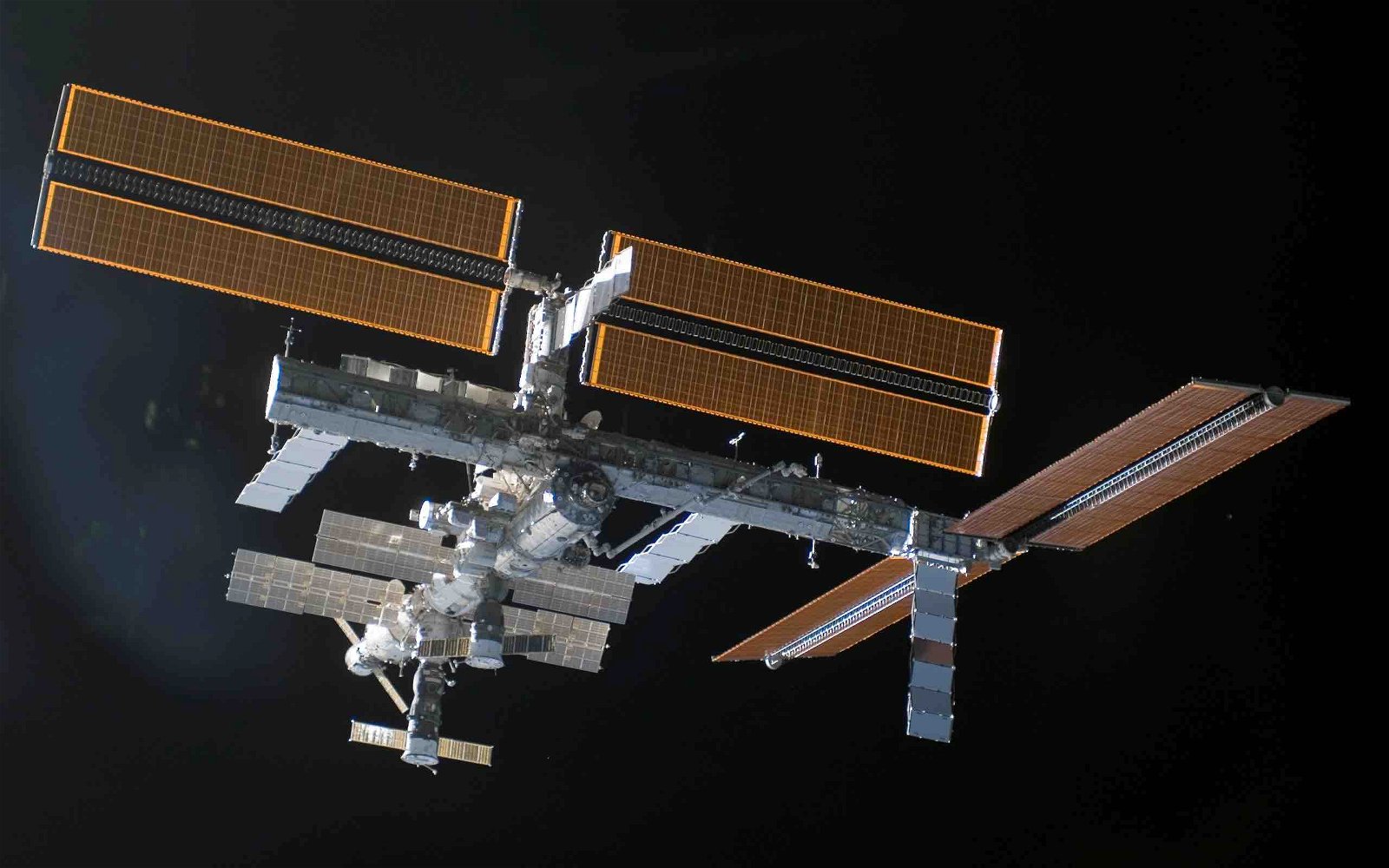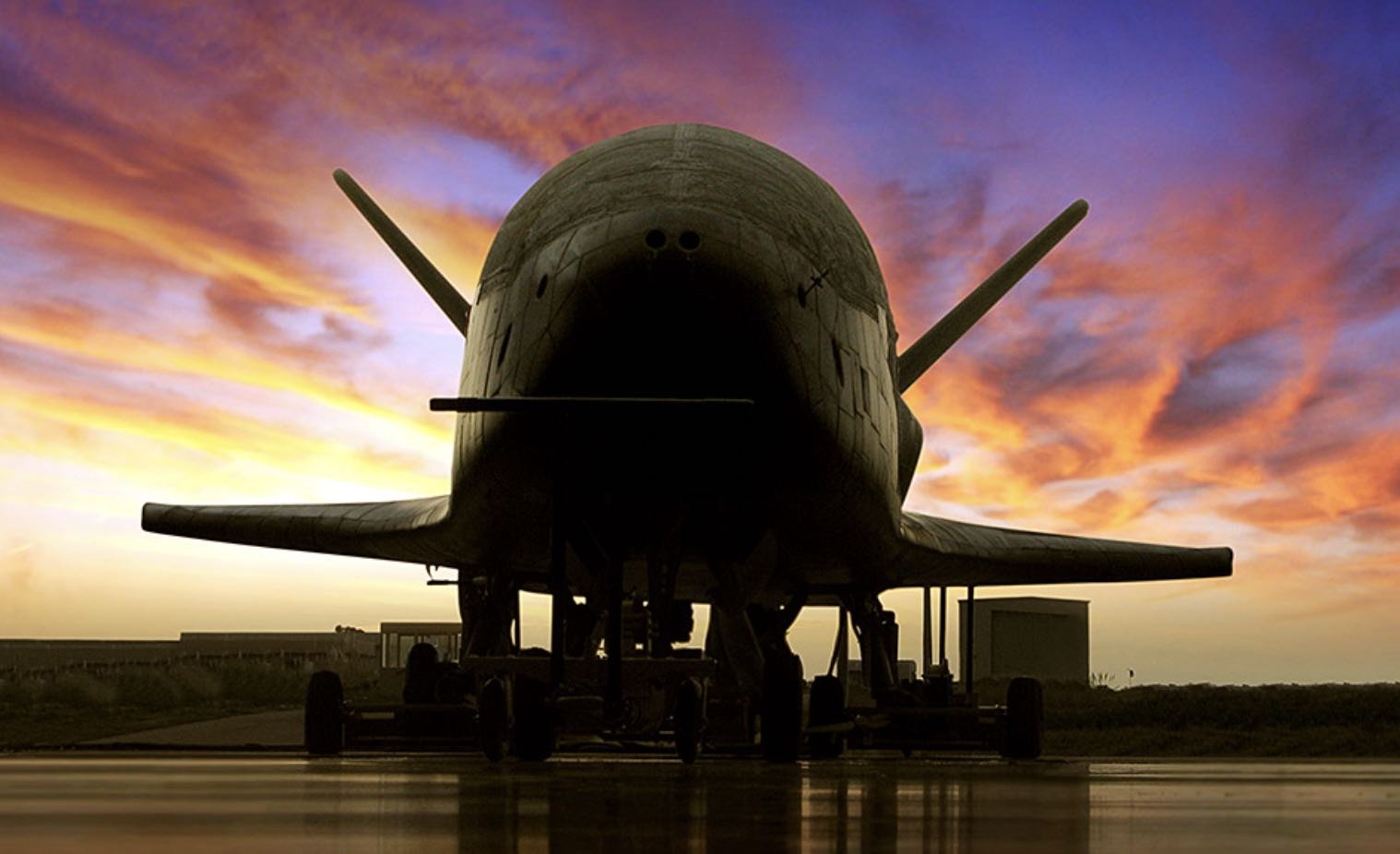Details involving a mysterious object that was released during the test flight of an experimental Chinese spaceplane that landed this month were among several potential threats from space addressed in a recent report issued by a Washington-based think tank.
The assessment, produced by the Center for Strategic and International Studies (CSIS) Aerospace Security Project (ASP), examined the varieties of weapons most likely to pose a threat from orbit, as well as the nations capable of deploying them, specifically citing China and Russia as “both challenging the world order that has been in place and has secured peace since the end of World War II.”
Detailing counterspace weapons that “pose a serious risk to the space environment and the ability of all nations to use the space domain for prosperity and security,” the ASP assessment places particular significance on systems that result in orbital debris, focusing on four distinct types of weapons: kinetic physical, non-kinetic physical, electronic, and cyber counterspace weapons.
A portion of the report also focused on the recent launches of a pair of spaceplanes by China, one orbital, the other suborbital, from its Jiuquan Satellite Launch Center.
“[Few details have surfaced about either vehicle,” the report states, although it is known that the first spacecraft was launched in September 2020 by a Long March 2F and thereafter remained in Low Earth Orbit (LEO) for close to 48 hours. During that time, it was observed to release a secondary object.


While little else is known about the mysterious object, it was determined to be “capable of broadcasting transmissions,” according to the ASP report.
The second test flight occurred on August 4, 2022, remaining in LEO for close to two months before raising its orbit on October 23, shortly before the spacecraft also released an object.
The ASP report says that publicly available data does not provide clear details on the exact time that the object was released from the second Chinese spacecraft. However, it was first recognized on October 31, 2022, according to the U.S. Space Force space tracking database.
The Debrief previously reported that the object had been observed while China’s spaceplane had been carrying out its operations in orbit, which is believed to resemble the U.S. X-37B spaceplane, showing “a Chinese interest in matching U.S. capabilities.”


“There are no indications that a spaceplane capability would act as a counterspace weapon,” the ASP concludes, though noting that its ability to release unknown objects into orbit “could progress to a co-orbital ASAT capability.”
Earlier this month, images released online by independent geospatial intelligence provider BlackSky Technology Inc appeared to show a Chinese aerostat hovering over a runway at the country’s Korla East Test Site in Xinjiang, along with what analysts believed to have been laser anti-satellite weapons capabilities.
A report published by the Defense Intelligence Agency (DIA) last year also stated that between 2019 and 2021, China has reportedly doubled the number of satellites it has in orbit.
According to the ASP’s recent assessment, China currently possesses satellite capabilities that include “advanced positioning, navigation, and timing (PNT); satellite communications; intelligence, surveillance, and reconnaissance (ISR); missile warning; and space situational awareness.”
China’s ground-based space surveillance infrastructure is also addressed, citing knowledge of facilities it has built “in countries around the world, including as far away as South America.”
Apart from concerns over China’s space operations, extensive portions of the ASP report also address developments in Russia, which include mention of Dimitry Rogozin’s replacement last July by Yuri Borisov, changes that were “possibly a demotion for both men” on account of Rogozin’s social media activity which the report’s authors characterized as “erratic,” as well as Russia’s then-stated plans to depart from its operations aboard the International Space Station (ISS).
Last month, Russia said in an about-face that it planned to continue its support of ISS operations at least until 2028, despite previous statements that it would end its support in 2024, and amidst rising tensions between Washington and Moscow related to Russia’s invasion of Ukraine.


A February 2022 incident involving a Viasat hack carried out by Russia was also addressed among the cyber-related activities the country has engaged in recently, citing it amidst information on a more recent similar cyber intrusion carried out against a “U.S. commercial satellite communications provider” last November.
A U.S. Department of Homeland Security official serving as an analyst with CISA said that the Russian state-sponsored hacking group Fancy Bear had succeeded in the infiltration of the network, where they had reportedly been able to operate for several months before it was learned that the hack had occurred.
While countries like North Korea have shown significantly less in the way of space operations in recent months, the ASP notes in the report that such minimal counterspace weapons concerns are “overshadowed by the immense number of missile launches conducted in 2022.”
While the majority of the ASP space threat assessment addresses potential weapons and other dangers that may emanate the activities of various nations in space, there were also some positive developments, which included the absence of any confirmed ASAT tests within the last year, which the CISA says may be due to “greater recognition of the destructive potential of debris-generating activity in space,” which potentially impacts the safety of orbital operations for all nations and their space programs.
“In 2023, it will be important to monitor if this consequential trend is sustained,” the report concludes.
Micah Hanks is the Editor-in-Chief and Co-Founder of The Debrief. He can be reached by email at micah@thedebrief.org. Follow his work at micahhanks.com and on Twitter: @MicahHanks.

